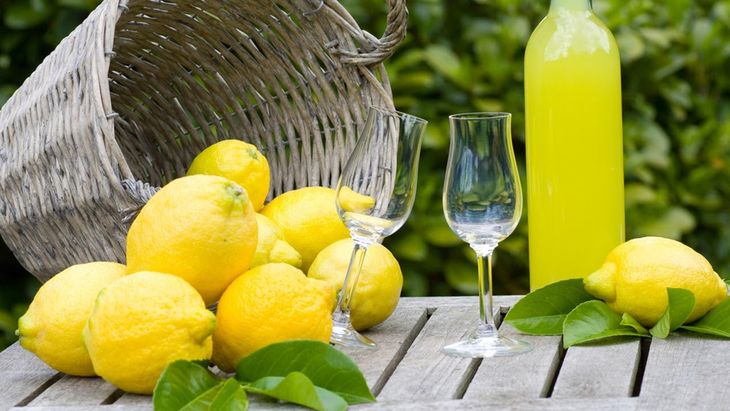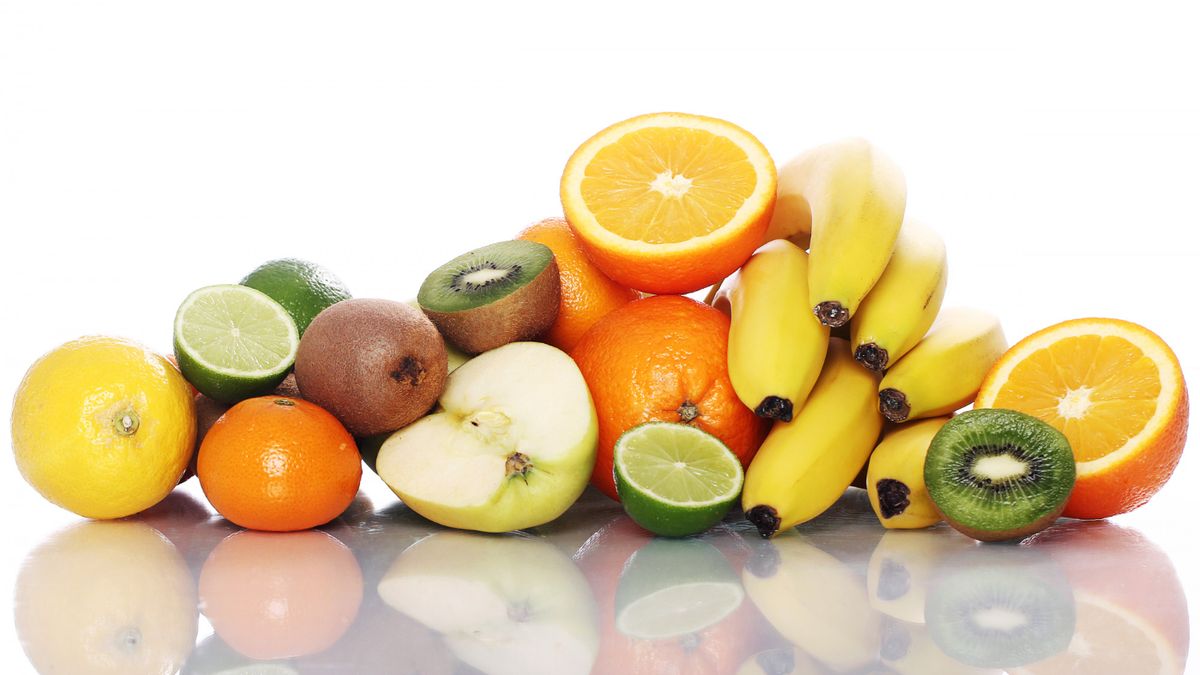Although compared to chocolate, fruits contain almost no sugar, it is necessary to know how much each one has to achieve healthy and balanced nutrition.
Sometimes, people are very careful with foods and sweet snacks for the amount of sugars and calories they have. In these scenarios, the best consumption is a fruit.
The content you want to access is exclusive to subscribers.
The World Health Organization (WHO) recommends consuming, at least five servings a day of fruits and vegetables to be healthy. But also, the University of Toronto showed that eating foods with low glycemic index reduces the blood sugar levels long-term. Therefore, it is worth knowing the amount of sugar contained in the fruit and know what is the best way to consume them.


tangerines – fruits.jpg

One by one, the fruits with the most and the least sugar
- Banana: 16.90 g of sugar per 100 g.
- Grape: 16.10 g of sugar per 100 g.
- Khaki: 16 g of sugar per 100 g.
- Fig: 16 g of sugar per 100 g.
- Mango: 13.80 g of sugar per 100 g.
- Cherry: 13.50 g of sugar per 100 g.
- Pineapple: 11.50 g of sugar per 100 g.
- Pear: 10.60 g of sugar per 100 g.
- Kiwi: 10.60 g of sugar per 100 g.
- Peach: 9 g of sugar per 100 g.
- Lemon: 9 g of sugar per 100 g.
Homemade Limoncello.jpg

- Orange: 8.6 g of sugar per 100 g.
- Melon: 6 g of sugar per 100 g.
- Avocado: 5.90 g of sugar per 100 g.
- Raspberry: 4.6 sugar per 100 g.
- Watermelon: 4.50 g of sugar per 100 g.
Source: Ambito
I am an author and journalist who has worked in the entertainment industry for over a decade. I currently work as a news editor at a major news website, and my focus is on covering the latest trends in entertainment. I also write occasional pieces for other outlets, and have authored two books about the entertainment industry.




